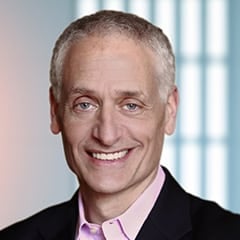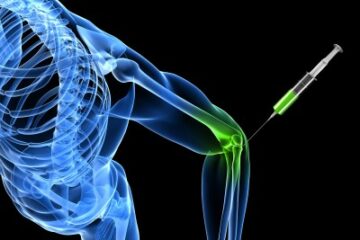
As the weather warms and the fields are prepared, another season of baseball is upon us. I remember quite well how excited I was about the start of another little league season. At that time, we had only one season… and no special camps, clinics, indoor leagues or travel teams. Perhaps that’s why I survived my limited pitching career with a normally functioning shoulder and elbow.
 Shoulder and elbow related pitching injuries are increasing in frequency at an alarming rate.
Shoulder and elbow related pitching injuries are increasing in frequency at an alarming rate.
Many factors are to blame.
- There is no longer one season. Many children are playing the same sport, year round.
- End of the season showcases can be particularly stressful on a tired arm.
- Our children are not only pitching for their little league teams. They now have throwing coaches, pitching clinics, etc.
- Pitch counts and rest rules are being ignored.
- Youngsters are throwing curve balls, and sliders far too often.
- Coaches — want to win. So did mine.. but it was a short season and then I moved on to another sport.
- Many children (and parents) actually think that surgery can “fix” whatever injury might occur.
Pitching Injury Risk Factors:
- Pitching more than 100 innings a season increases the risk of injury threefold.
- 75 pitches or more/game doubles the risk of injury.
- If a pitcher was “tired”, their risk of injury is 4-6x greater.
You as the parent must play a very active role in making sure that your child does not suffer what could be a very debilitating injury with potentially lifelong implications. Coaches, Little League officials, and trainers have a very important role as well.
Some suggestions to minimize the risk of developing a pitching or throwing injury:
- All pitchers and active throwers should participate in a solid conditioning and strengthening program. This should not neglect the trunk and legs since most of your power and torque comes from below the belly button.
- Dynamic and static stretching should be performed before the game.
- Do NOT allow your child to play if they are in pain.
- Obey the mandatory pitch count. A pitch is a pitch… whether it’s with their coach, in a game or in the backyard.
- Rest means rest… I’ll cite the suggested Rest Rules soon.
- Don’t let your little pitcher play catcher on off days. Science shows this can increase the risk of injury.
- Don’t let your child’s seasons overlap… and if they do, they should not pitch for both teams.
Preventing Pitching Injuries:
Recommended Pitch Counts:
Age: Max # of Pitches/day
7-8 50
9-10 75
11-12 85
13-16 95
17-18 105
Rest Days: Based on the number of pitches thrown.
# of Pitches Thrown # of Days of Rest
1-30 0
31-45 1
46-60 2
61-75 3
76 + 4
Baseball is a fantastic sport and there’s no reason why your child can’t enjoy themselves and remain injury free. There is no getting around the facts borne out by a multitude of studies which demonstrate the risk factors associated with pitching injuries. Your child’s health is of paramount importance. With a little effort and “playing by the rules”, hopefully, you can provide them with a memorable, pain-free experience on the diamond.














Dr. Luks,
Great post. I used to play baseball as a child, but I never had any injuries from it thankfully.
Question for you: does this apply to tennis as well?
Thanks Daniel… nice job on your website! Tennis leads to a host of other problems in youngsters — especially with regards to the low back. I’m not aware of any limits on tennis related activities based on # of serves or games played.
hjl
Really! very informative article, Thanks for sharing and keep posting!
Great post! Thanks for shared